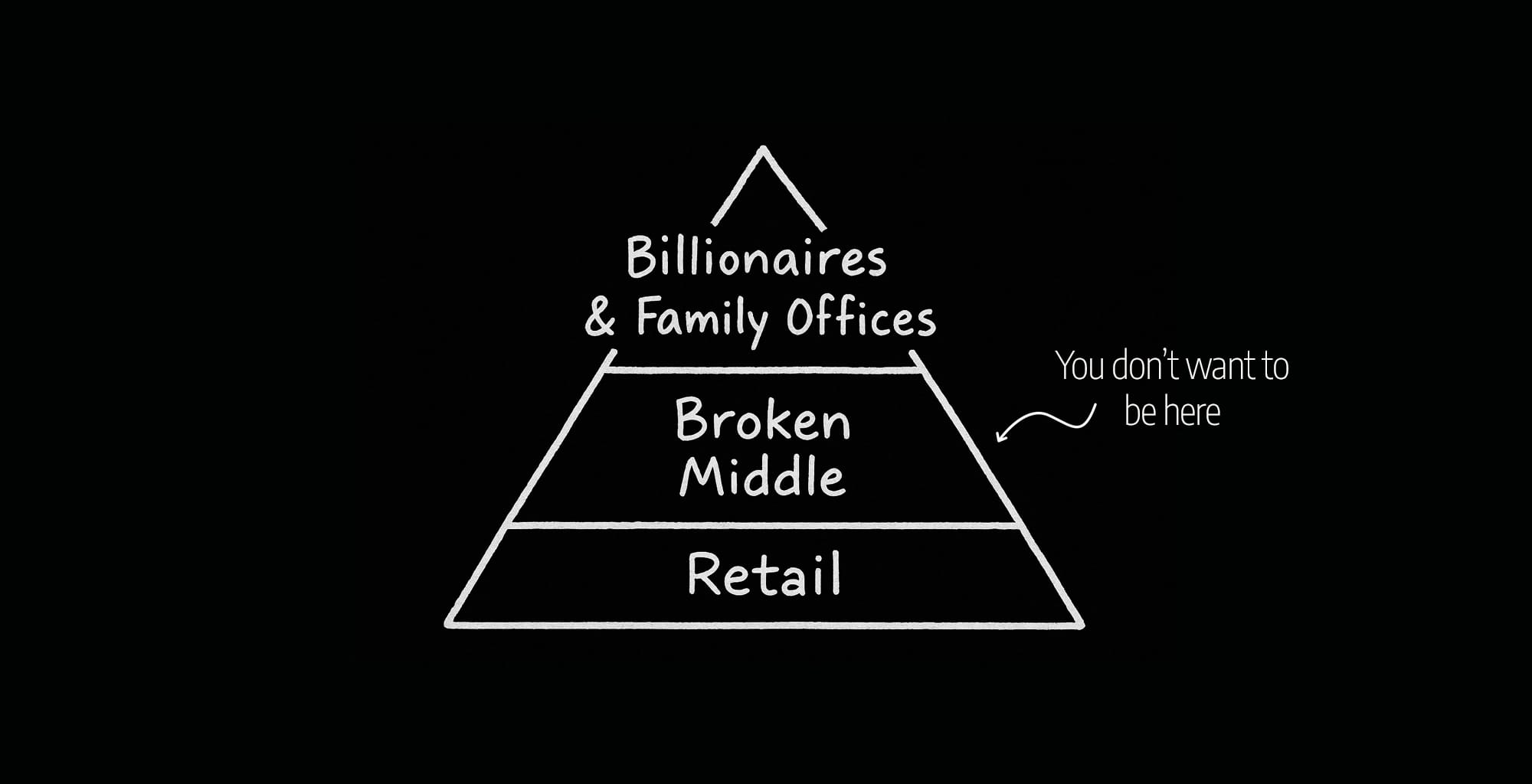The Wealth Hierarchy
- •
- •
- 5 min read

Read Next
Join 5,000+ already in the Circle
Twice a month, I share frameworks and strategies for founders professionalizing their wealth — leaner, smarter, and without the overhead.

Twice a month, I share frameworks and strategies for founders professionalizing their wealth — leaner, smarter, and without the overhead.